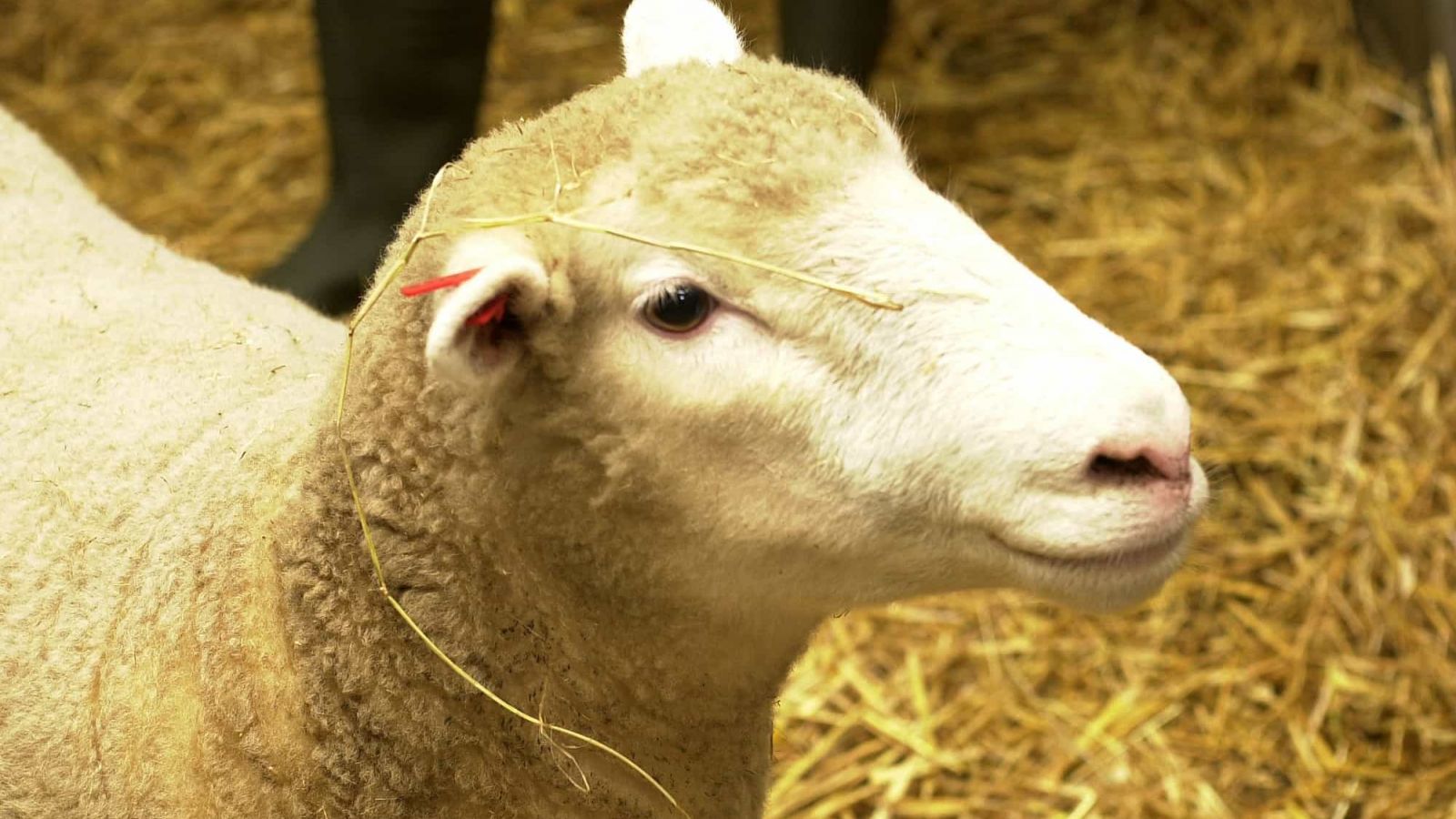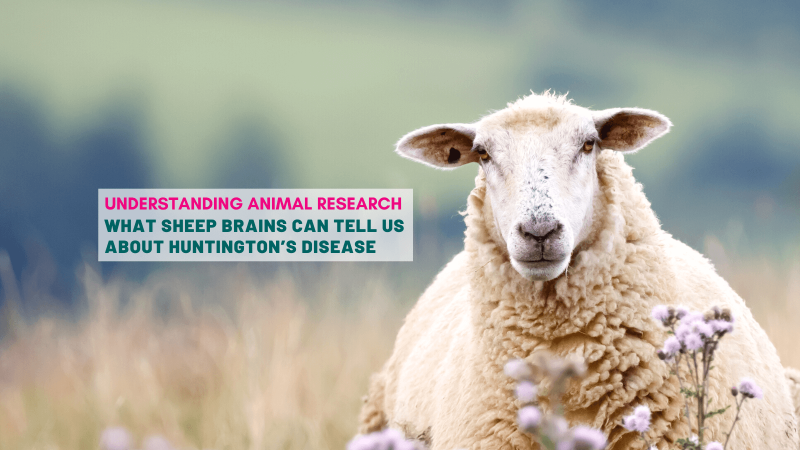Dolly at 20: The inside story on the world’s most famous sheep
From incubation in a bra to an afterlife under glass, how a cloned sheep attained celebrity status.
http://www.nature.com/news/dolly-at-20-the-inside-story-on-the-world-s-most-famous-sheep-1.20187
No risk of contracting dementia through blood transfusion
Previous studies have shown that neurological diseases such as Alzheimer’s and Parkinson’s can be induced in healthy laboratory animals, causing concern that dementia diseases can be transmitted between individuals, possibly via blood transfusions. However, in a new study published in The Annals of Internal Medicine, a team from Karolinska Institutet shows that the diseases are not transmitted.
http://annals.org/article.aspx?articleid=2530857
Early stages of Alzheimer’s detected in the retinas of mice
Researchers at the University of Minnesota have detected changes linked to early stages of Alzheimer’s disease, before brain function is impaired, in the retinas of mice. A device was used to visualise changes in the retina due to the accumulation of amyloid plaques that are associated with the disease. It is hoped that the device will detect the early stage of Alzheimer’s in human in a noninvasive way. The technology will now be entering Phase 1 clinical trial.
https://twin-cities.umn.edu/news-events/research-finds-technique-early-detection-alzheimers-animals
Anti-ageing compound shows early success
An anti-ageing compound is to be put forward for clinical trials by Keio University (Japan) after promising results in mice. The compound nicotinamide mononucleotide (NMN) was shown to slow the natural declines of metabolism, eyesight and glucose intolerance in mice after stimulating sirtuin genes that have well documented life-lengthening properties.
http://the-japan-news.com/news/article/0003030620
3D printing of cartilage
A new 3D printing technique has allowed scientists from Pennsylvania State University to print cow cartilage so that it can be used to fix worn joints. Cartilage cannot self-repair but is a good tissue for bio-printing because it consists of only one cell type and contains no blood vessels. Researchers grew cells in thin tubes that were just three hundredths of an inch wide, made from algae, in order to produce an organic ink. A special nozzle then allowed the cartilage-ink to be pushed through to allow it to be printed in any pattern needed.
http://www.independent.co.uk/news/science/cow-cartilage-used-for-3d-printing-in-step-forward-that-could-make-patches-for-worn-joints-a7105406.html
Last edited: 7 April 2022 14:54



